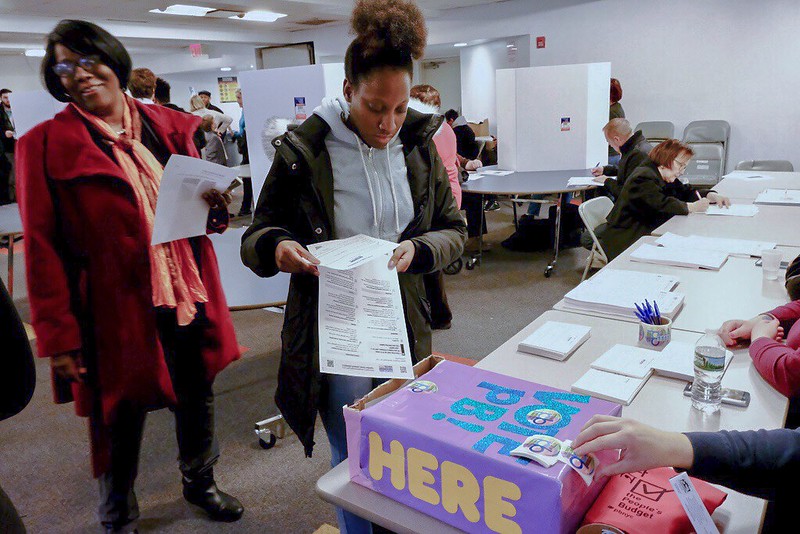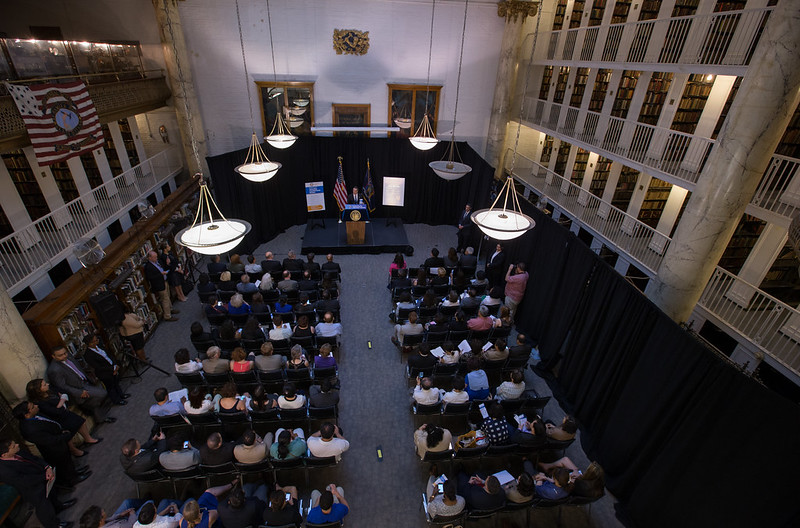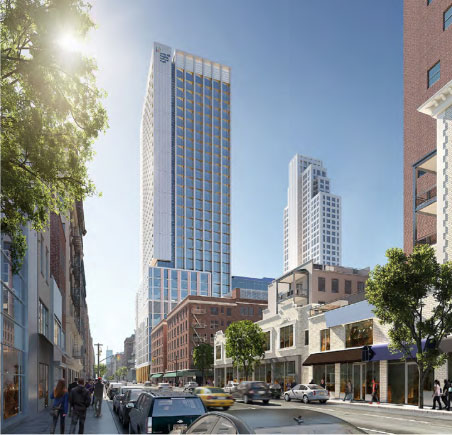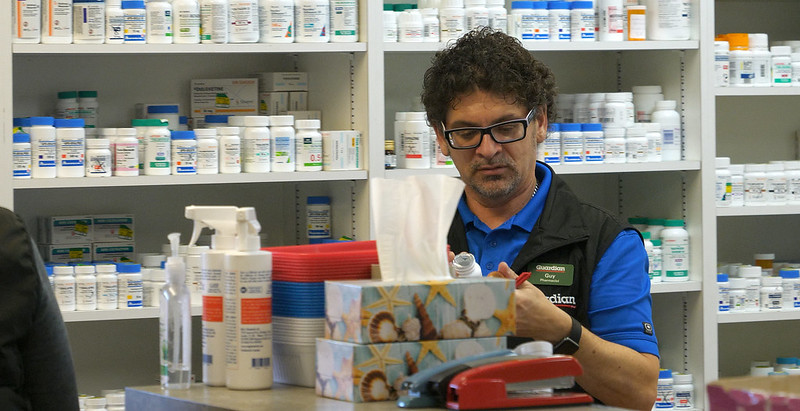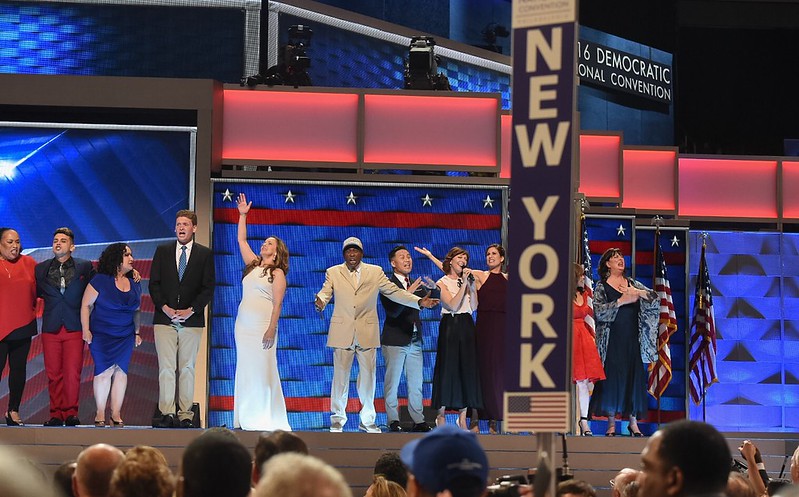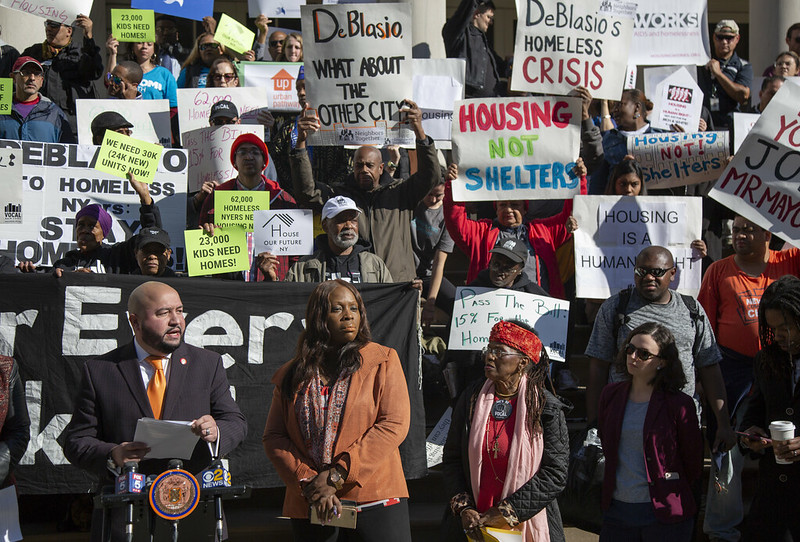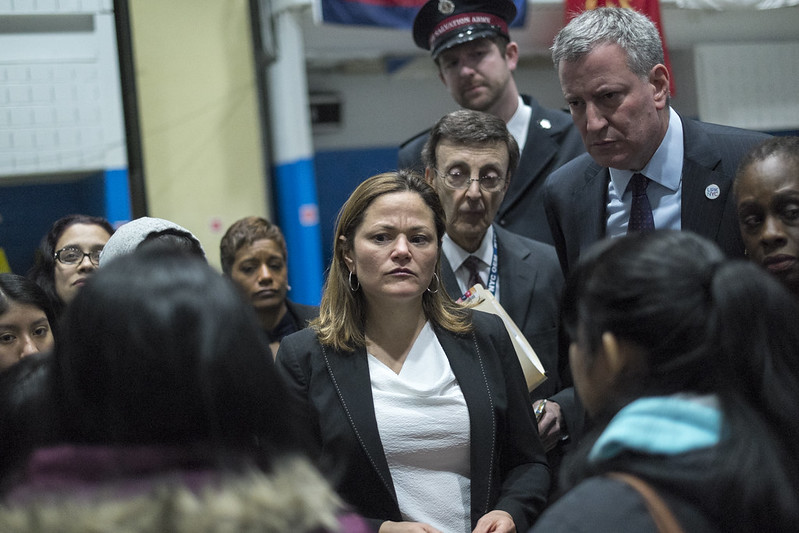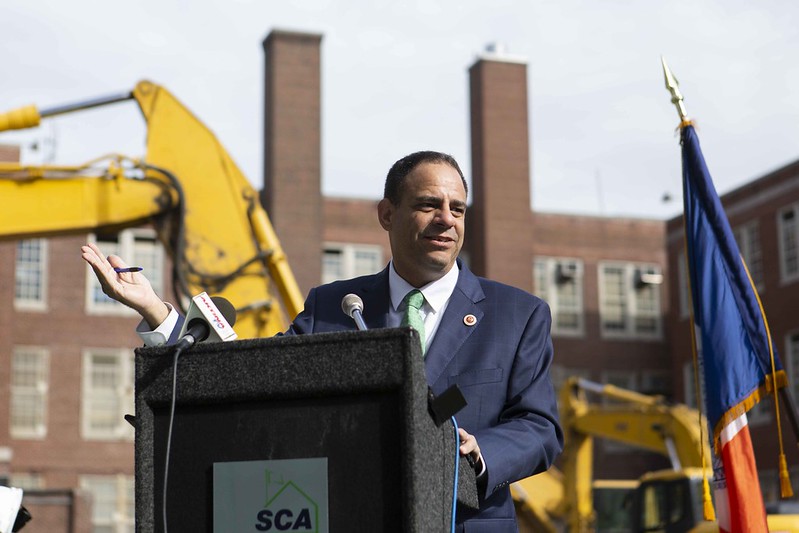
Council Member Costa Constantinides, the author (photo: Emil Cohen/City Council)
Nothing in New York City’s or our country’s history says we’re good at running jails.
For hundreds of years, we have cast detainees away to far-flung islands. Out of sight, out of mind. Mostly black and brown men. Overwhelmingly, without having even been convicted of a crime.
So, the recent skepticism to build a jail in the heart of my beloved Queens is justifiable. After countless meetings with criminal justice advocates, many among them previously jailed in Rikers Island’s houses of horrors, it’s clear the borough-based plan now before the City Council is the best option New York has.
A decision like this isn’t arrived at easily. I am ultimately voting “yes” this week because the perfect cannot be the enemy of the good while thousands of people are stripped of their human rights, confined in decrepit, asbestos-riddled jails far from their attorneys, families, and communities.
The alternative would be to walk away now with no plan to close the Rikers Island jails.
A once-in-a-generation opportunity to shut down the jails for good, in as little as five years, would vanish. The rare consensus among academics, the legal community, and victims of this broken system, which ensures people paying their debt to society are rehabilitated and prepared to re-enter civil society, will have been in vain. As a legislator, as a New Yorker, and as a human being, I cannot let this happen. The Lippman Commission rightly called the 80-plus years of jailing people on Rikers a stain on our city’s history.
The stories from Rikers remind us why the jails there must close and why we must do better in the future. Sadly, it took Kalief Browder’s suicide after three maddening years in solitary confinement, a punishment that was hideously disproportional to the crime for which he was accused, for many of us to listen.
Now, we’ve heard from Vidal Guzman, who recently pointed out that “Just because someone has left Rikers, doesn’t mean that Rikers has left them.” Kandra Clark, who spent four months in the infamous women’s facility, has spoken about the emotional torture of “the male correctional officers who would watch me go to the bathroom through the window in my cell door each night.” Dr. Homer Venters, the former chief medical officer for Correctional Health Services, recently went public about the toxic culture within the jails as well as what this physical and mental abuse looked like up close.
A “no” vote punts this to the next City Council, guaranteeing this inhumane status quo lives on for the time being. Instead, the City Council vote on Thursday can pave the way for more humane facilities. Is incarcerating any person the ideal? No. But, as former detainee Marco Barrios said earlier this year, the borough-based facilities “will not fix all the problems by themselves, but they can provide important progress.”
This week, the Council will vote to build smaller, safer detention centers for violent-crime suspects and anyone else who spends any time in jail in New York City; to make it easier for the loved ones and attorneys of all those detained to visit them; and to create a system focused on rehabilitation of those swept up in the system.
New York City will invest in programs within the detention centers to break people free from this vicious cycle. And, our state government in Albany has been chipping away at the system that essentially makes being too poor to afford bail a crime. Previous reforms have already put us on a strong pace to shrink the city’s jail population from the current 7,000 to the necessary 4,000 that guarantees the permanent closure of the Rikers jails.
Life is full of grey areas. The harsh reality is that some people commit heinous crimes and must be kept from the public. We, as a society, owe that to every child who’s had to hide under a bed, taking low, quiet breaths while an abusive parent bangs on the locked apartment door. Rape victims deserve to walk the streets without fear their attacker is out in public.
But no longer will New York City’s jails function like a factory that takes in teenagers on a marijuana possession charge and pumps out hardened repeat offenders.
The rest is on us as policy-makers. I believe the city should invest in elements of the #CloseRikers coalition’s #BuildCommunities platform. This money must go into black and brown neighborhoods that traditionally have seen few city investments beyond more police cruisers.
The coalition has common sense asks: supportive housing, job training, access to physical and mental healthcare, educational investment, partnerships with community groups, as well as neighborhood conflict de-escalation and alternatives to incarceration. These investments should not be a one-shot either, and I will continue to fight for these things well beyond my tenure in the City Council.
Community leaders, criminal justice advocates, and former Rikers detainees believe the plan the Council votes on this week will work. I trust them. And I trust my colleagues in the City Council and elsewhere in city government to follow through on the promises we’re making. I will be among those making sure that we do.
Tomorrow, the next day, and every day after this vote we have to break the stigmas around the formerly incarcerated. Remember the Bryan Stevenson mantra: “Each of us is more than the worst thing we’ve ever done.” The City of New York must apply this same logic to itself. The mistakes of our predecessors shouldn’t prevent us from making the right decision for the future.
Rikers Island can be part of that future if the city uses the vacated land to get dirty infrastructure out of the same communities broken apart by the criminal justice system. These are the power plants, sewage facilities, and garbage stations that give people asthma, make them miss school, and saw their opportunity ladder in half. Voting to close Rikers today means we can give our kids a healthier tomorrow.
***
City Council Member Costa Constantinides represents District 22, which includes parts of Queens and the Bronx, including Rikers Island. He is the chair of the Committee on Environmental Protection. On Twitter @Costa4NY.
***
Have an op-ed idea or submission for Gotham Gazette? Email This email address is being protected from spambots. You need JavaScript enabled to view it.

